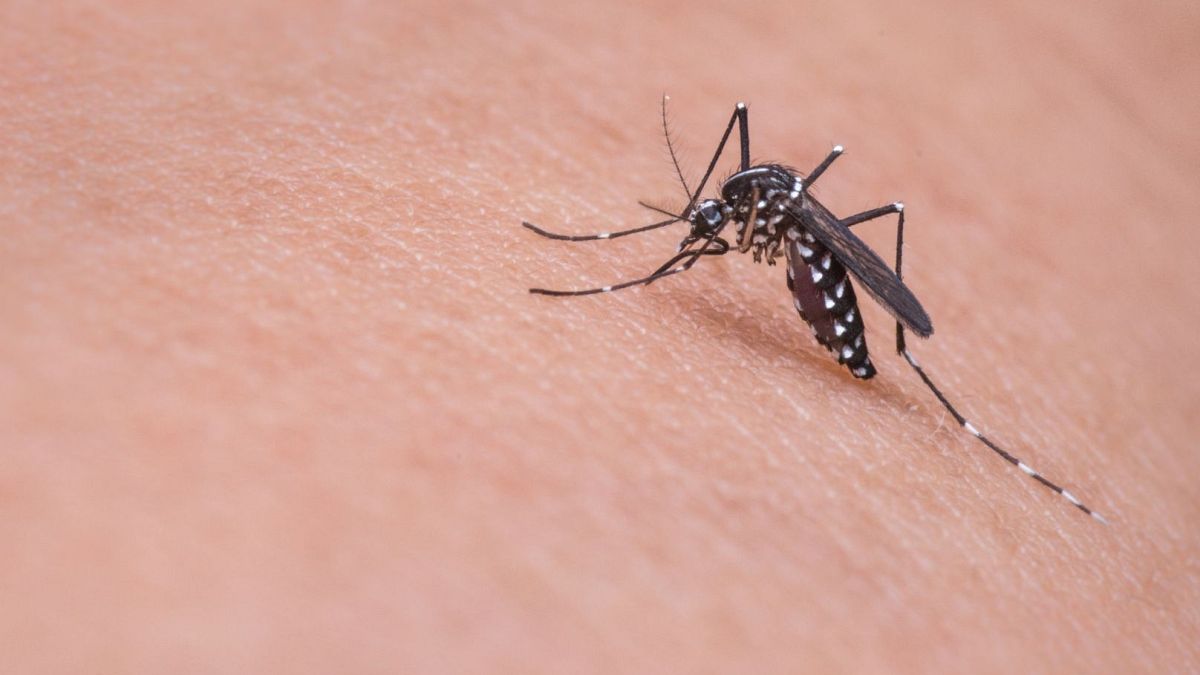

In today’s rapidly evolving world, the interplay between environmental changes and public health has become increasingly apparent. With the shift in global climate patterns, health dynamics and environmental sustainability have become entwined topics of concern. This article delves into recent developments on the frontlines of these critical issues.
As climate change continues to reshape environments across the globe, Europe is witnessing a notable increase in mosquito-borne diseases. Traditionally confined to tropical regions, diseases like dengue and chikungunya are gradually setting roots in European soil. Scientists attribute this unsettling trend to climate change which expands the habitats conducive to mosquitoes carrying these viruses. The challenge now lies in effectively managing the spread of these diseases, ensuring they do not become endemic in Europe, which would necessitate more comprehensive healthcare strategies and preventive measures.
Meanwhile, in a significant policy shift, the UK has taken a human-centered approach to address the emotional well-being of its citizens. A new reform grants bereavement leave to parents experiencing a miscarriage before 24 weeks of gestation. This change, part of Labour’s broader workers’ rights reforms, acknowledges the profound emotional impact of such a loss, helping to foster a more supportive work environment. By legally entitled to at least one week of leave, mothers and their partners can find solace and time to navigate their grief, representing a vital step toward holistic workplace policies.
Across the Atlantic, environmental health concerns are being stirred by new findings on agricultural practices. Research highlights potential risks associated with diquat, a chemical used in American weedkillers—now suspected to harm gut bacteria and cause organ damage. Despite being banned in the UK, EU, and China, diquat remains prevalent in the US, raising poignant discussions about regulatory standards and the balance between agricultural productivity and public health safety.
The intertwining of transportation, tourism, and environmental stewardship is also coming to the forefront, particularly concerning the preservation of natural sites. As visitor numbers soar during peak tourism seasons, popular natural destinations face the challenges of pollution, noise, and congestion due to excess vehicular traffic. This situation breeds friction between transient tourists and local residents, each with different priorities and expectations. To resolve these tensions sustainably, a blend of innovative traffic management and community dialogue is essential.
Overall, these developments underscore the intricate relationship between the environment and public health, showing us the importance of collaborative efforts and forward-thinking policies to navigate the complexities of our modern world. As communities endeavor to adapt to and mitigate these emerging challenges, the emphasis remains on fostering resilient and harmonious ecosystems that safeguard the well-being of both people and the planet. Each initiative, whether regulatory reform, scientific innovation, or community engagement, is a stepping stone towards a more balanced coexistence.
Source: {link}
